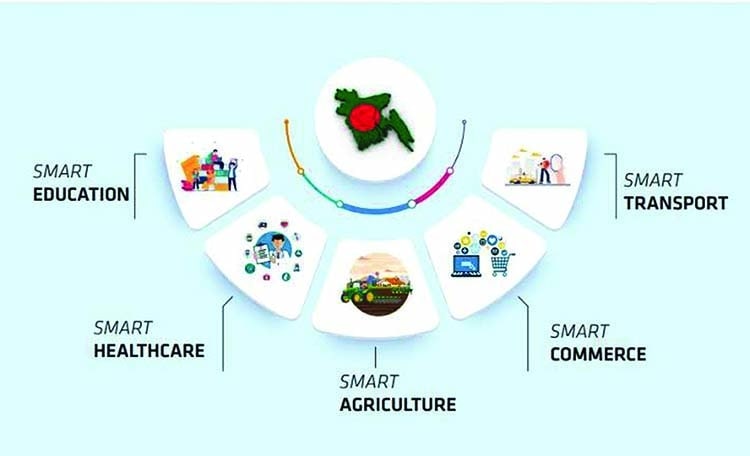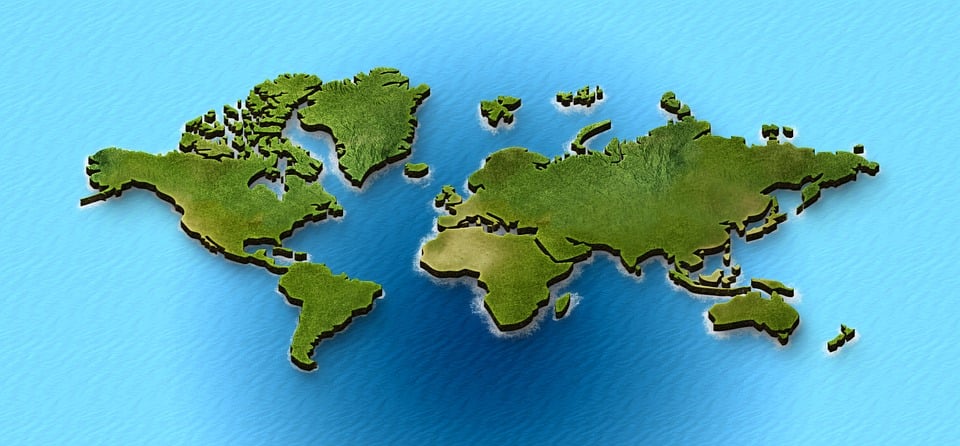The study of geography encompasses the complex relationships between people and their environment, enabling us to understand the world in which we live. To navigate this vast subject, geographers have developed a framework called the “Five Themes of Geography.” These themes provide a comprehensive lens through which we can examine the patterns and processes that shape our planet. This article aims to explore each theme in detail, shedding light on their significance and the insights they offer into our global landscape.
Table of contents
Introduction: Understanding the Five Themes of Geography
Geography as a discipline seeks to unravel the spatial patterns and relationships that exist within our world. The Five Themes of Geography provide a framework for organizing this vast subject, enabling geographers to analyze and interpret the interconnectedness of people, places, and environments. These themes act as guiding principles, highlighting different aspects of geographical inquiry and helping us understand the complexities of our planet.
Theme 1: Location
Location is the foundation of geography, allowing us to pinpoint where phenomena occur on Earth’s surface. It can be classified into absolute and relative location. Absolute location refers to the precise coordinates of a place using latitude and longitude or a global addressing system. Relative location, on the other hand, describes a place in relation to other landmarks or regions. Understanding location is crucial for navigation, trade, and interpreting spatial relationships.
Theme 2: Place
Place focuses on the unique characteristics that differentiate one location from another. It encompasses both physical and human characteristics. Physical characteristics refer to the natural features of a place, such as landforms, climate, and ecosystems. Human characteristics, on the other hand, include the cultural, social, economic, and political aspects that shape a place’s identity. By examining the characteristics of a place, we can understand its significance and the interactions between people and their environment.
Theme 3: Human-Environment Interaction
The theme of human-environment interaction explores the reciprocal relationship between humans and their surroundings. It encompasses three key concepts: adaptation, modification, and dependency. Adaptation refers to how humans adjust to their environment to meet their needs. Modification involves the transformation of the environment by human activities, such as urbanization or deforestation. Dependency examines the reliance of human societies on natural resources and the impact of resource depletion or degradation.

Theme 4: Movement
Movement explores the interconnectedness of places and the exchange of people, goods, and ideas across space. It encompasses various forms of movement, including transportation and communication, diffusion of ideas and innovations, and human migration. Understanding the patterns and processes of movement provides insights into the dynamics of globalization, cultural exchange, and the interconnectedness of societies.
Theme 5: Region
Regions are areas with common characteristics that distinguish them from surrounding areas. They can be classified into formal, functional, and vernacular regions. Formal regions are defined by specific criteria, such as political boundaries or physical features. Functional regions are organized around a central node or focal point, with interactions and connections radiating outward. Vernacular regions are based on people’s perceptions and cultural identities. Analyzing regions helps us understand spatial patterns, cultural diversity, and the distribution of resources.
Conclusion: Embracing the Complexity of Geography’s Five Themes
The Five Themes of Geography provide a holistic framework for studying our planet and the interactions between people and their environment. By examining location, place, human-environment interaction, movement, and region, we gain a deeper understanding of the complexities that shape our world. Each theme offers unique insights into the spatial patterns, processes, and interdependencies that exist on Earth’s surface. Embracing these themes allows us to appreciate the diversity and interconnectedness of our global landscape.
Bibliography
- de Blij, H. J., Muller, P. O., & Nijman, J. (2014). Geography: Realms, Regions, and Concepts. Wiley.
- Getis, A., Bjelland, M. D., & Getis, J. (2013). Introduction to Geography. McGraw-Hill.
- Huggett, R. J. (2017). Fundamentals of Biogeography. Routledge.
- Marsh, W. M., & Alagona, P. S. (2013). The Earth’s Geography: Environment and Resources. Routledge.
- Pulsipher, L., & Pulsipher, E. (2018). World Regional Geography: Global Patterns, Local Lives. Macmillan Learning.
- Warf, B., & Arias, S. (Eds.). (2009). The Spatial Turn: Interdisciplinary Perspectives. Routledge.



 For all latest articles, follow on Google News
For all latest articles, follow on Google News